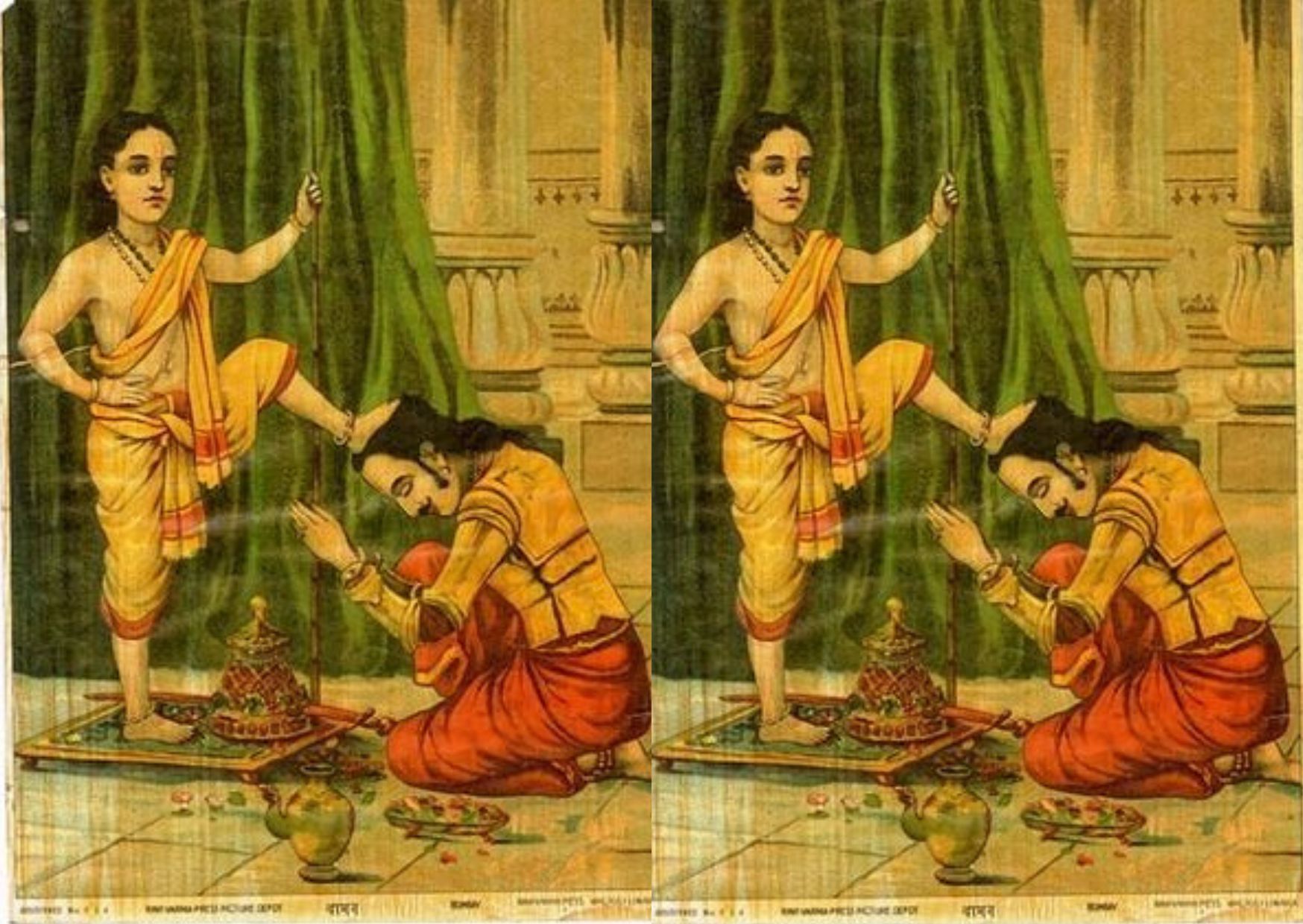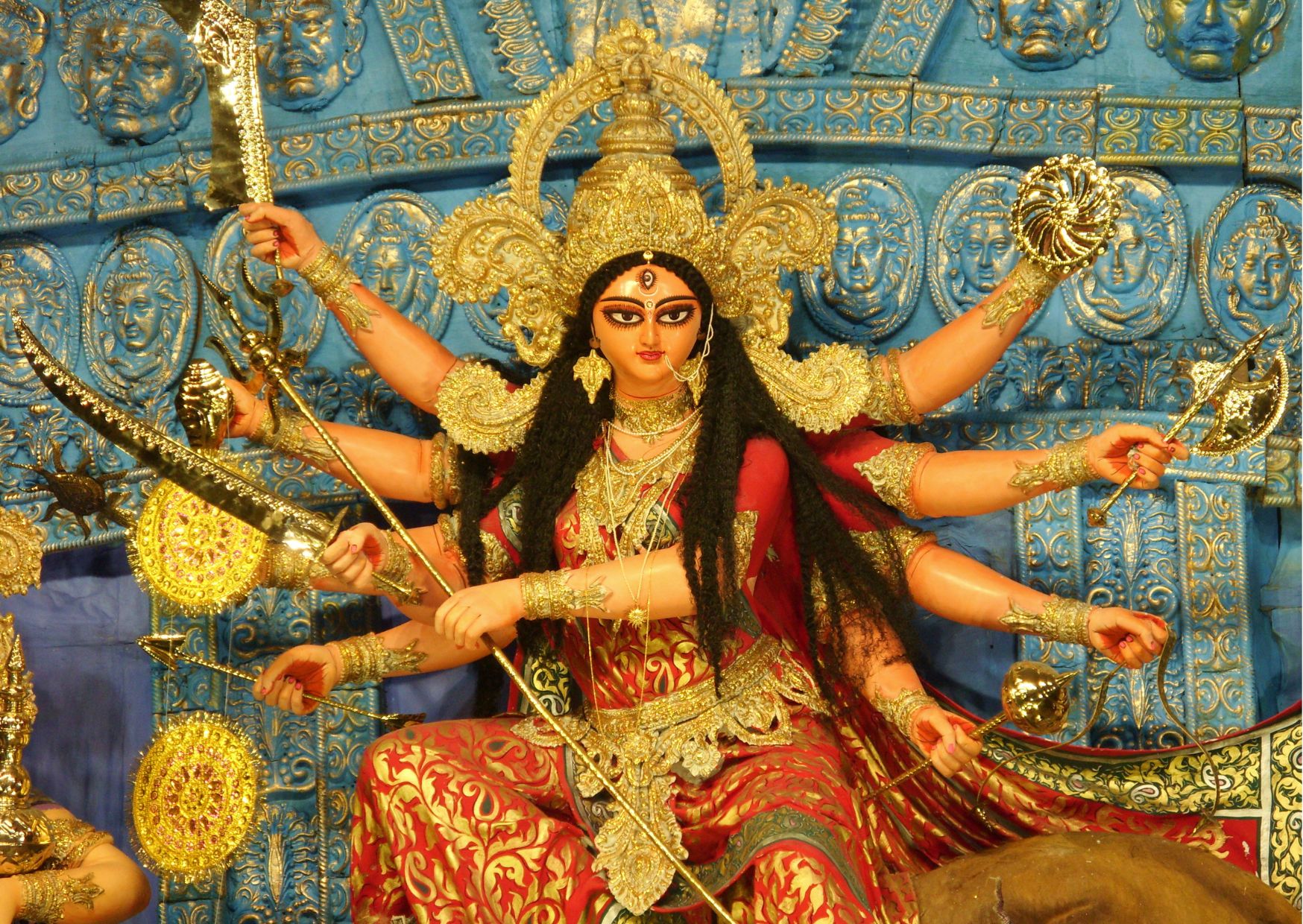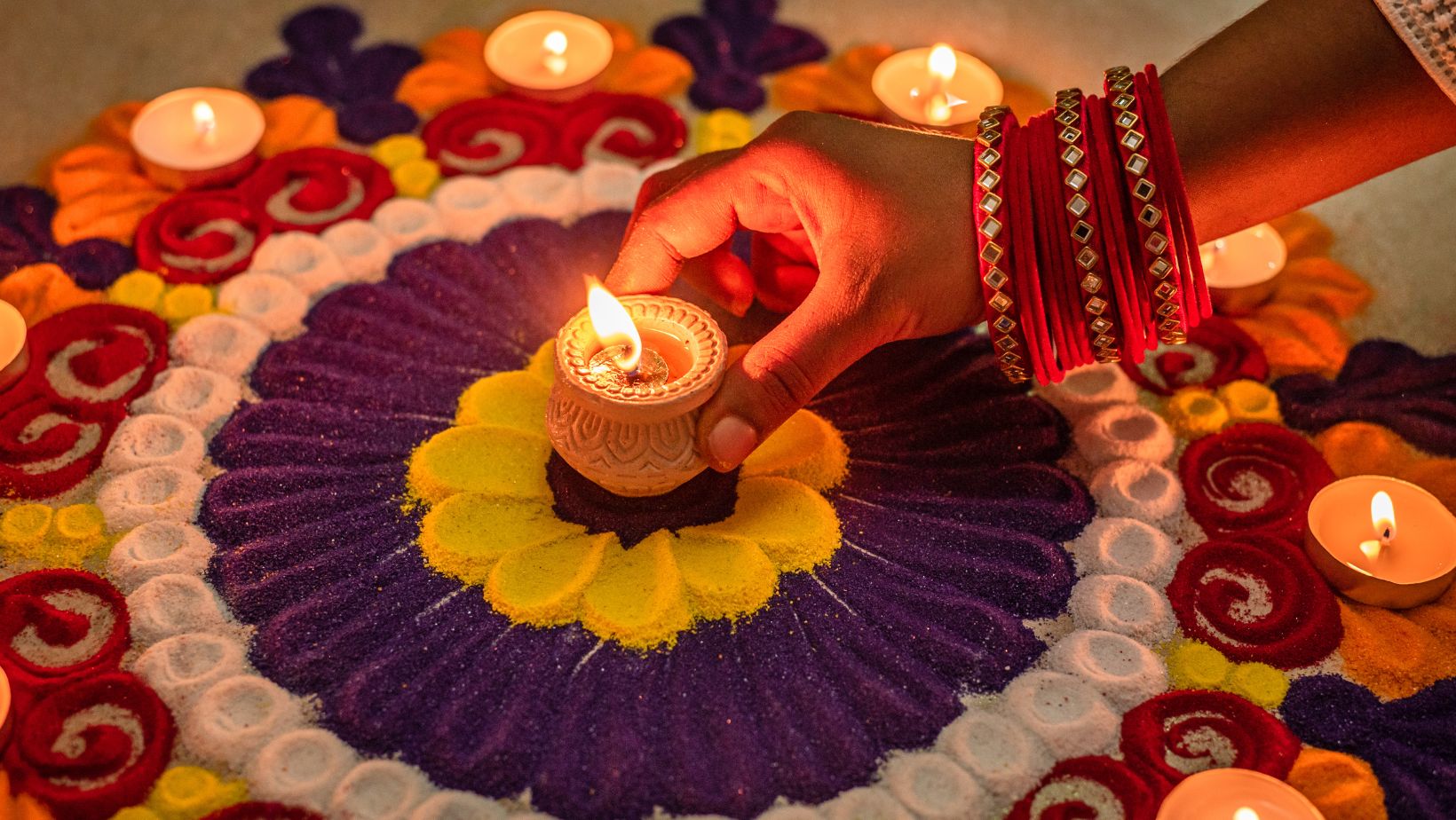Mahabali- the king who bowed with devotion and the festival of Onam
Bhagwan Vishnu made his beloved devotee the King of Suthal lok but what about his praja back in Kerala?
Mahabali- The King Who Bowed in Humility!
The wise and just King of Kerala Raja Bali had been doing intense tapasya and conducting numerous yagyas… One day Bhagwan Vishnu appeared in front of him as Vaaman (a dwarf Brahman) and asked him for land – enclosing just three of his steps. When Bali agreed, Vishnu assumed his divine form. With one step he covered Swarg. With the second he covered Earth. By this time Bali understood that he was in the presence of his beloved Bhagwan Vishnu himself. For the third step, he offered his own head. When Vishnu placed his foot on it he reached Suthal Lok (one of the Pataal lok).
Bali then said to Vishnu, 'Ishwar now I have offered everything to you, please stay here with me'. Bhagwan Vishnu was not one to let his devotee down and agreed. He also made Bali the King of Suthal Lok where he would rule till the end of Kaliyug.
Later when Goddess Lakshmi came, she made Raja Bali her brother and asked for her husband back. Mahabali could not refuse the Goddess. As Bhagwan Vishnu left, he promised Bali that he would return to him each year. But what about the praja of Kerala who missed their beloved Raja Bali? Raja Bali promised them that would visit them every year. And that is why the festival is celebrated each year. To pray to their deity, Thrikkakara Appan or Bhagwan Vishnu and to invite their beloved King Mahabali to their homes.
Onam the harvest festival of Kerala
Onam is a much-awaited festival every year. During this festival Keralite Hindus worship and install an image of Thrikkakara Appan or Onatthappan, that is Bhagwan Vishnu in the form of Vamana. The much-loved demon King Mahabali is invited to all homes. Though this is a Hindu festival one finds people of all religions take part in it with a full heart and lots of love.
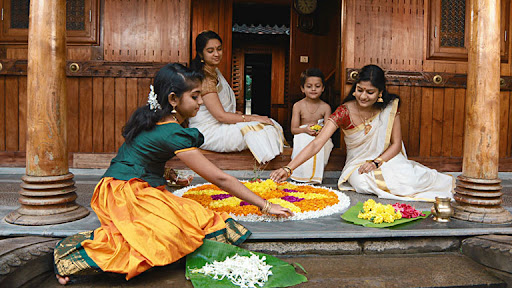
The second day of Onam is called Atham
On the first day of Onam, preparations on a grand scale start at the Vamanamoorthy Thirrikara Temple in Kochi, where a grand procession is held called Athachamayam. The first layer of Pookalam is laid with yellow petals.
The second day of Onam is called Chithira
On the second day of the Onam festivities, another layer of flowers is added to the Pookalam that was designed on the first day. These flowers are usually orange and creamy yellow in colour. Lamps are lit on all the nights.
The third day of Onam is called Chodhi
Happiness and festivities continue to gain momentum. On this day people buy new clothes and gift each other as well. Third layer of flowers is added to the Pookalam.
The fourth day of Onam is called Vishakam
On this day the women of the house go to buy groceries, cooking essentials and spices. All the special ingredients required to make the delicacies for the festivals are purchased fresh.
The fifth day of Onam is called Anizham
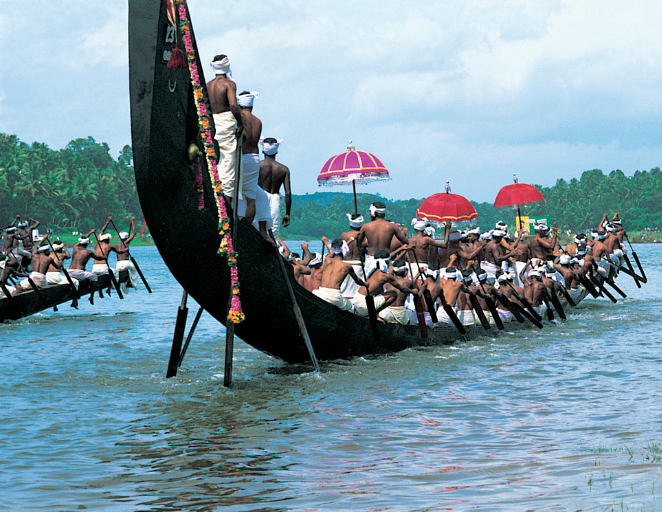
The Snake boat race or the Vallamkali is flagged-off on the Pambam River. The race is the annual celebration of Sri Parthasarathy Temple. The race is a much-awaited and loved the event and a sacred ritual. Over 25 palliyodams or snake boats, with around 100 rowers, 15 helmsmen and 25 singers participate! By this day the Pookalam (flower rangoli) grows even bigger.
The sixth day of Onam is called Thriketa
The joy and festivities increase manifold as fresh flowers are added to the Pookalam. On this day families visit their ancestral homes and spend time with their relatives, parents and grandparents, uncles and aunts. And there is the exciting exchange of gifts as well.
The seventh day of Onam is called Moolam

On the fifth-day temples start offering Onasadhya to the devotees and poor people are fed. Every family prepares a simple feast at home. The entire state gets a festive look and bustles with activity. The two famous dance forms Pulikali and Kaikottukali are performed at various places in Kerala.
The eighth day of Onam is called Pooradam
Onam begins tentatively on this day, the eighth day when all the other preparations have reached a zenith. Murtis of Mahabali and Lord Vamana are installed in the centre of the Pookalam which is by now bigger and more beautiful. The two statues symbolise an invitation to King Mahabali to come and visit each house.
The ninth day of Onam is called Uthradam
As the first Onam begins on the ninth day while all the other preparations are in full swing. The devotees are prepared to receive King Mahabali the following day. The Uthradam is the ninth day and also the eve of Onam. People are busy with their final shopping and other preparations like cleaning their houses.
The tenth day of Onam is Thiruvonam Onam
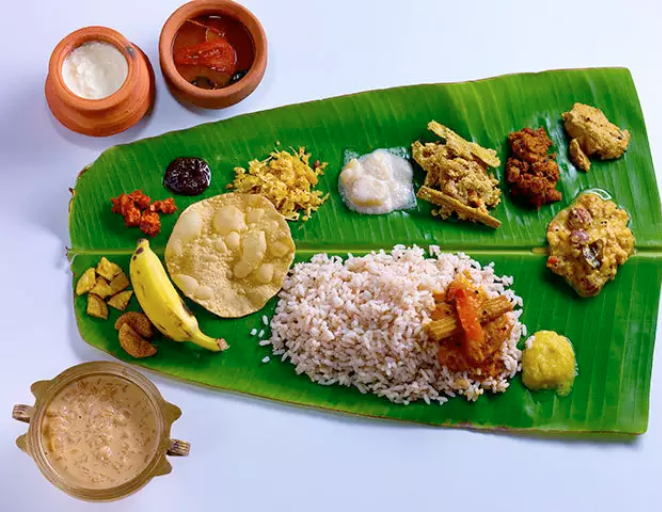
The Thiruvonam Onam is the main day of the festival. According to traditional beliefs, Mahabali arrives on this day. People apply rice flour batter designs on the threshold of their homes to welcome King Mahabali for Onasadhya, a sumptuous meal served on banana leaves. The festival is about family and togetherness and celebration- A celebration of life and spirit.

